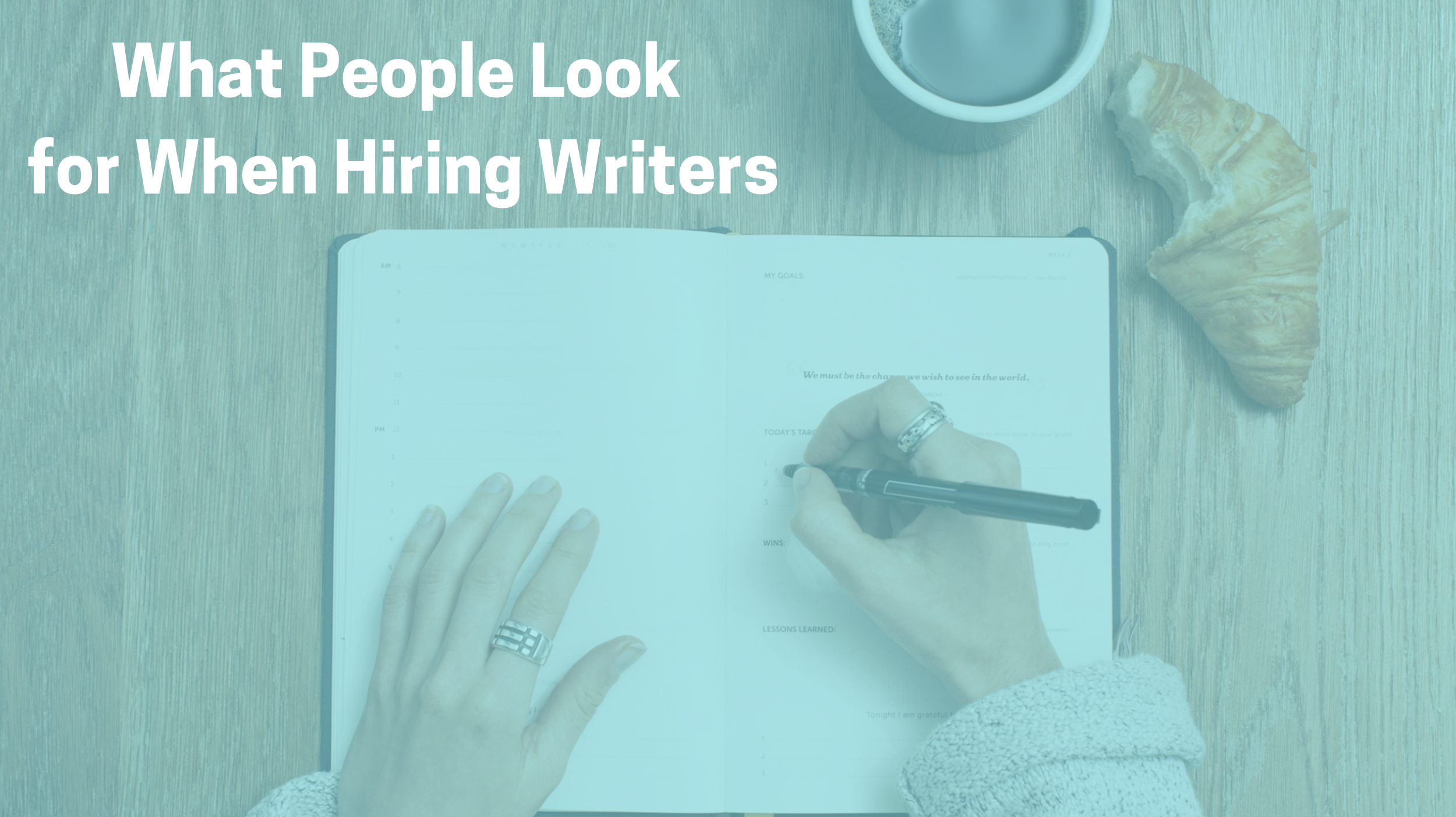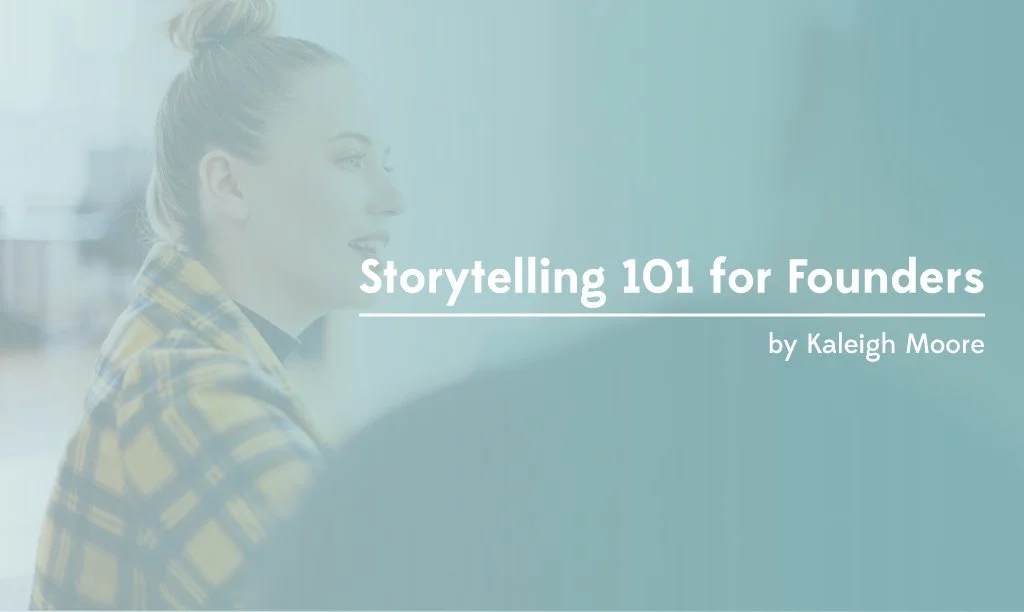I’ve noticed something.
Short, compelling sentences work as an intro.
They work well.
Why is that?
I think it’s because they lead readers into a slow gallop, and get them invested in the follow-through (AKA reading your entire post.)
And all of us want our readers to actually read the content we write, right? Of course we do. So let’s talk about writing effective openers that hook the reader (in a non-sleazy, grossly misleading way.)
Reverse Engineer Great Introductions
I recently saw fellow writer Laura Bosco do something interesting on Twitter: She created this great graphic pointing out elements of a strong introduction.
This approach works well in that it’s a deliberate picking-apart of elements within an introduction to find out what works well.
Notice how she points out things like:
Storytelling elements
Interesting details
Emotional cues
Value
Question-answering
Drawing the reader into the article
You can do the same thing by clipping introductions you find especially compelling and then breaking down what was effective. You can even create a folder, board, or file wherein you keep a “swipe file” of sorts with these notes and visuals. That way, if you feel stuck on an intro, you have a deep well of inspiration to pull from.
Don’t Overwhelm
If I met you for the first time, I wouldn’t thrust out my hand and say, “Hi, I’m Kaleigh Moore, a freelance writer specializing in SaaS and eCommerce content. I’ve worked with a lot of excellent clients in the past and think I can provide some great value for you and here’s why you should hire me oh and also I turn assignments around quickly did I mention I’m really good at this?”
That would be crazy. Literally. You’d probably run away.
I think the same thing happens to a reader when you try to fit too much too soon into your opener. It’s overwhelming. There’s no gradual introduction to your point. You’re dumping a bunch of information onto the reader without making them like you first.
In contrast, the short, abbreviated intro gives the reader a chance to warm up to you, your writing voice, and what you’re about to share with them. It doesn’t make any assumptions about the readers’ problems or concerns—and it’s conversational and light.
If I’m being totally honest, I only read two or three about articles all the way through per day (because TIME.) But the ones I do read typically use this format—and it lures me in. Every. Single. Time.
Other readers do the same, too. One of the articles I wrote for Inc. Magazine had more than 50K shares—and yet only about 15% actually clicked through to read the article. People shared it without reading. Attention spans are shorter than ever.
Here's how you can hook the folks that actually do click on and start to read your content.
Setting Up a Great Intro
Here’s a three-step crash course on setting up these compelling intros:
Step 1: Distill the point of your content into a single, concise sentence. Spend some time writing and re-writing this sentence. If you have to, start with five to seven sentences and whittle your way down to one.
Step 2: Think about the most interesting aspect of the sentence you’ve written. Is something about it surprising? New? Bold? Tease out the part that makes your piece compelling, and use that to hook the reader.
Step 3: Write three or four very short, conversational sentences based on steps one and two. Think about how you would phrase your words if you were speaking with someone face-to-face. Give yourself room for pauses to let those first sentences sink in with the reader.
After these short, staccato sentences, you can tell the reader what you’re going to share with them—and then use headers to break the piece down into easy to digest sections with strong, compelling headers. That’ll keep ‘em moving all the way to the end.
Test It, Try It, You Might Like It
I dare you to try this strategy and see how it works.
If you’re really fancy, you’ll have analytics that tell you how your read-throughs increase or decrease.










